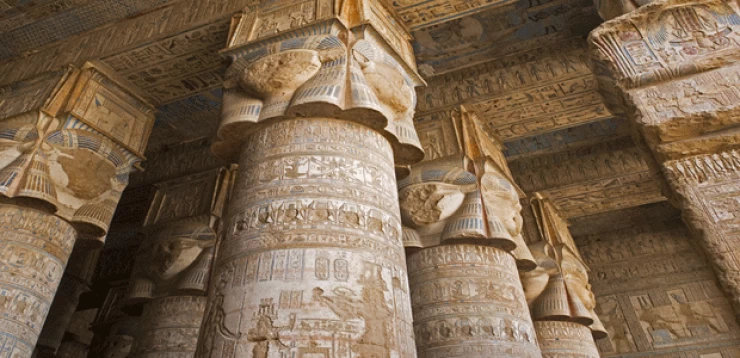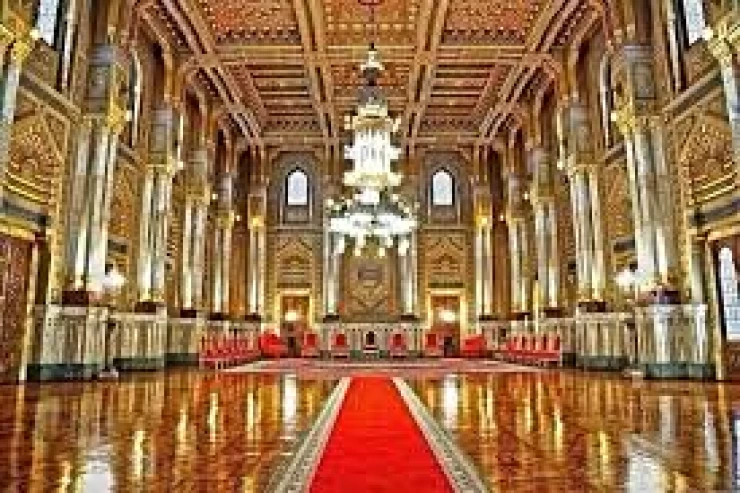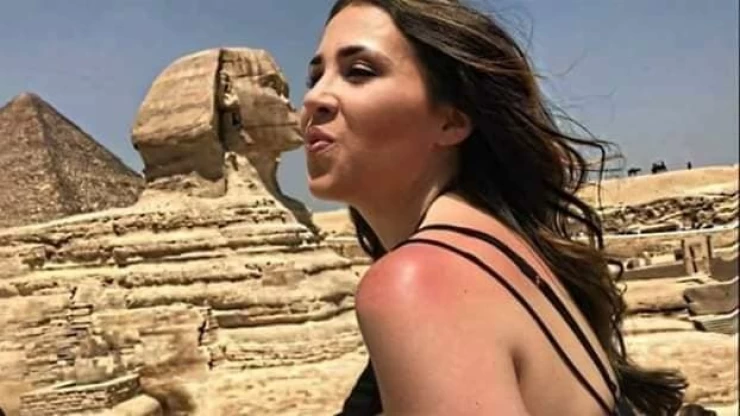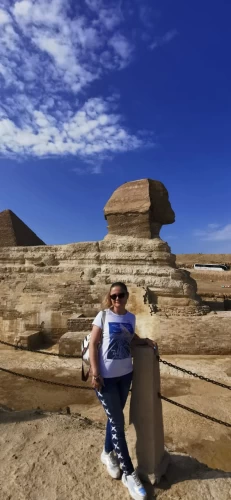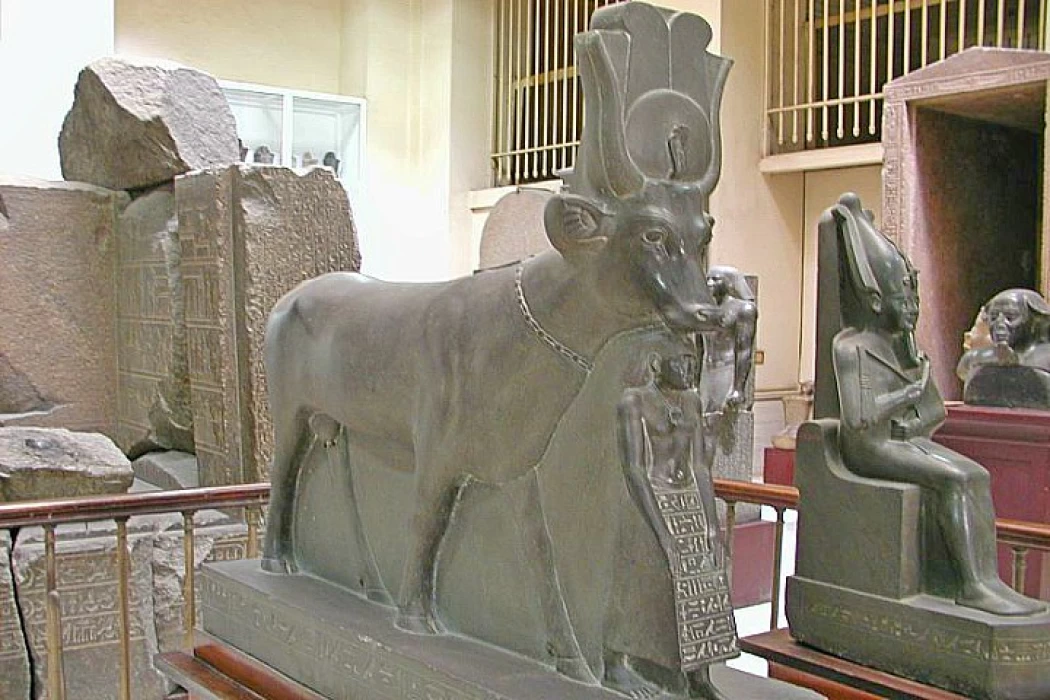
Goddess Hathor | Goddess of Fertility, Love, and Motherhood
Goddess Hathor
In the Ancient Egyptian religion, Goddess Hathor was the goddess of joy, beauty, music, dance, poetry, and love. The sacred instrument of Hathor was the sistrum.
As in many other ancient religions, the goddess of love is also the goddess of death (Venus, Libitina, Astarte, etc.). Thus Hathor assumes, by order of God Amun Ra, the deadly aspect of the lioness Sekhmet in the myth of the destruction of mankind.
Ptolemy Philopator consecrated the necropolis of Deir el-Medina for Hathor. The goddess was also worshiped in Northern Aphroditopolis, Apollinofolio Magne, and El-Deir El-Bahri. She was identified in Kadesh, the bride of Reshep, an Asian divinity who also patronized love and death. She has also considered God Sobek's wife in the divine triad worshiped at Kom Ombo.
The Goddess of Joy, Beauty, and Music
Widely regarded as the Goddess of Joy, Music, Dance, and Love, Hathor was the personification of beauty, extending her influence through all forms of art to expression. The sistrum—an ancient Egyptian percussion instrument—is revered as her sacred symbol. In ceremonial environments, Hathor worship usually entailed music and dance to indicate her mastery over pleasure and enjoyment. The goddess was a common invocation for women with regard to love, fertility, or protection, as her blessings were believed to nurture and protect both personal and social well-being.
The Dual Nature: Love and Death
Like many ancient gods, Hathor also ruled the dead, a particular complement in her complex duality. This dark aspect of her was a deadly lioness, Sekhmet in other words, as her myth enacts: the destruction of mankind. In this myth, Hathor was commanded by god Amun Ra to turn into Sekhmet and punish humanity for disobedience. Therefore, her tale indicates Hathor's duality: a nurturing goddess of life and love and a fierce, destructive one when the equilibrium of the cosmos was disturbed.
Sacred Sites and Devotion
The worship of Hathor stretched throughout Egypt and even beyond her frontiers, and this alone proved her latter-day importance to the religious world of the ancient days. During that era, Sacred City Deir el-Medina was made a shrine of Hathor by Ptolemy Philopator. This necropolis housed the tombs of workers who built the royal ones in the Valley of the Kings and became a prime place of worship of Hathor.
In the Ancient Egyptian religion, Goddess Hathor was the goddess of joy, beauty, music, dance, poetry, and love. The sacred instrument of Hathor was the sistrum.
She is one of the ancient Egyptian gods. The goddess Hathor was one of the most important and famous Egyptian deities, and even one of the most widespread ever. Some believe that its worship appeared since prehistoric times, while others believe that it appeared since the beginning of the Old Kingdom, on the basis that evidence dating back to prehistoric times and the beginning of the dynasties does not confirm the lineage of Hathor.
As in many other ancient religions, the goddess of love is also the goddess of death (Venus, Libitina, Astarte, etc.). Thus Hathor assumes, by order of God Amun Ra, the deadly aspect of the lioness Sekhmet in the myth of the destruction of mankind.
Widely regarded as the Goddess of Joy, Music, Dance, and Love, Hathor was the personification of beauty, extending her influence through all forms of art to expression. The sistrum—an ancient Egyptian percussion instrument—is revered as her sacred symbol. In ceremonial environments, Hathor worship usually entailed music and dance to indicate her mastery over pleasure and enjoyment. The goddess was a common invocation for women with regard to love, fertility, or protection, as her blessings were believed to nurture and protect both personal and social well-being.
In the fabric of Egyptian mythology, Hathor appears as a symbol of joy and motherhood. She is loved throughout the Nile Valley, and wears many symbolic crowns. She is a nanny and a symbol of femininity. As the goddess of music and dance, her influence moves both heart and body. Its presence in temples and art still exists, revealing its revered role in ancient Egypt.
Like many ancient gods, Hathor also ruled the dead, a particular complement in her complex duality. This dark aspect of her was a deadly lioness, Sekhmet in other words, as her myth enacts: the destruction of mankind. In this myth, Hathor was commanded by god Amun Ra to turn into Sekhmet and punish humanity for disobedience. Therefore, her tale indicates Hathor's duality: a nurturing goddess of life and love and a fierce, destructive one when the equilibrium of the cosmos was disturbed.
Hathor is the house or sanctuary of Horus, according to its interpretation. She is the one who gave birth to the orphan Horus, son of Isis, and breastfed him. Thus, she became a mother to him and to all of nature, as she is a symbol of heaven. Then they made her a shepherd of the dead and settled her soul in the sycamore trees planted near their graves. Then they made her emerge from the branches as a body that sends water and waters the thirsty who have fallen asleep in the pens of death. They imagined that she sometimes roams the desert west of the Nile in the form of a lioness to protect the graves there.
As for the religious rituals and rites held for her, they were most likely established around the Fourth Dynasty, and there is evidence of the presence of male and female priests in many of her places of worship since the Fourth Dynasty at the very least.
Because of her connection to motherhood, then to the god "Ra" and kingship as the mother of the god "Horus", the king, and the daughter of the god "Ra", since the doctrine of the sun became of great importance, she had a relationship with royal rituals and beliefs.
Based on all of the above, her worship expanded to include all of Egypt, and her images and places of worship multiplied in a way that made it difficult to determine her main center of worship; although the most important of these centers was during the Old Kingdom, and perhaps the oldest of them is "Dendera", the capital of the sixth region of Upper Egypt, through which she moved and her worship dominated the neighboring seventh region.
The worship of Hathor stretched throughout Egypt and even beyond her frontiers, and this alone proved her latter-day importance to the religious world of the ancient days. During that era, Sacred City Deir el-Medina was made a shrine of Hathor by Ptolemy Philopator. This necropolis housed the tombs of workers who built the royal ones in the Valley of the Kings and became a prime place of worship of Hathor.
Hathor was known in many forms of worship as the great sky goddess, goddess of love, dance and drink, goddess of the dead, patroness of kingship, and mistress of foreign lands. She was considered a deity of universal nature; therefore, her relationships with many deities were diverse and varied.
She was associated with the sky and the heavenly Horus, and was described as the "Lady of the Sky" and the "Lady of the Stars" as the daughter of the god "Ra". She was associated with both "Isis" and "Osiris", and all the other deities in the form of the cow, and other relationships that are too numerous to list.







